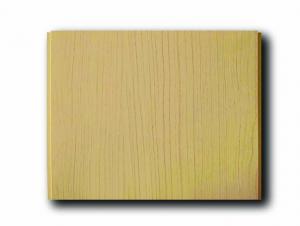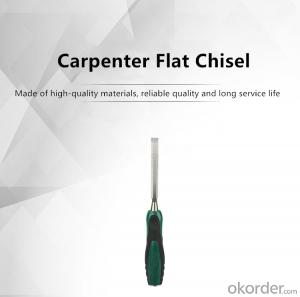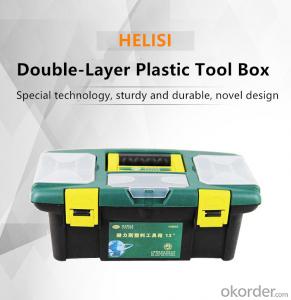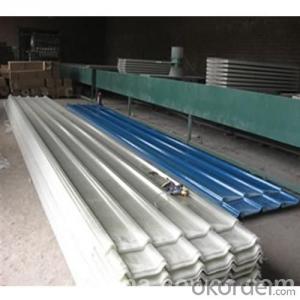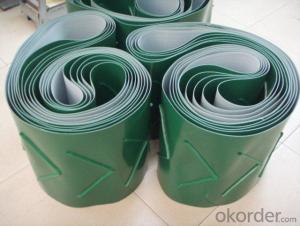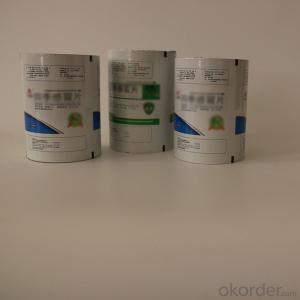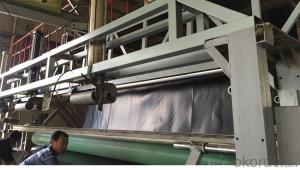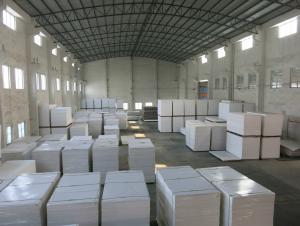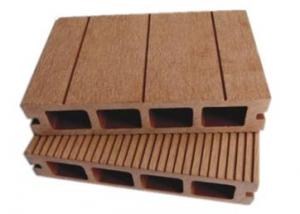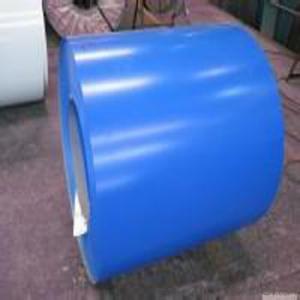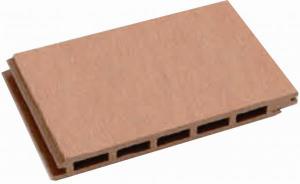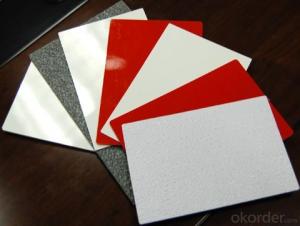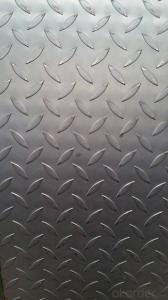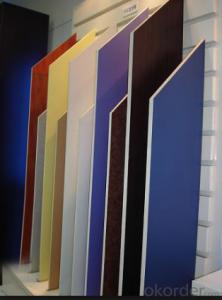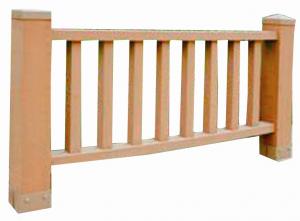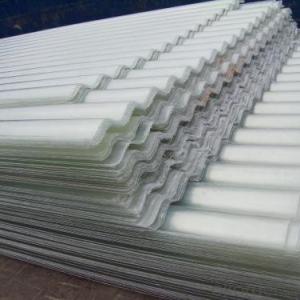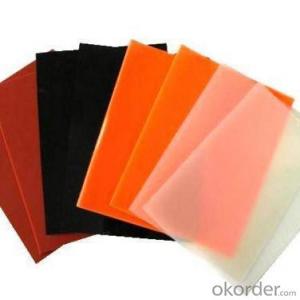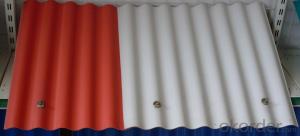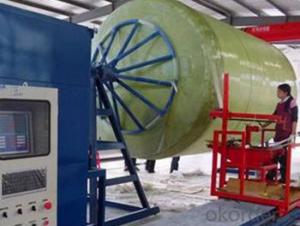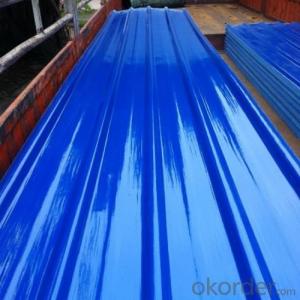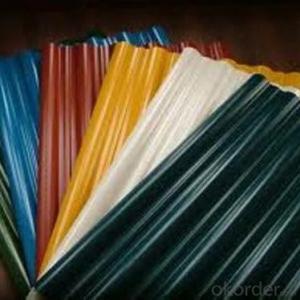Flat Plastic Sheets
Flat Plastic Sheets Related Searches
Primer For Galvanized Steel H S Code For Stainless Steel Wd 40 For Stainless Steel Spray Paint For Stainless Steel Drill Bits For Stainless Steel Sponge For Stainless Steel Caulking For Stainless Steel Steel Vessels For Kitchen Best Solar Inverter For Home Led Table Lamps For HomeHot Searches
Steel Mesh Panels For Sale Price For Stainless Steel Scrap Scrap Price For Stainless Steel Cheap High Tea Sets For Sale Stainless Steel Tanks For Sale High Density Fiberboard For Sale Solar Hot Water Collectors For Sale Scaffolding For Sale In Uae Scaffolding For Sale In Ireland Scaffolding For Sale In Houston Type Of Inverter For Solar Price Of Shipping Containers For Sale Stock Price For Aluminum Used Solar Inverter For Sale Portable Led Signs For Sale Stone Hot Water Bottles For Sale Large Led Screens For Sale Used Aluminum Scaffolding For Sale 1/4 Aluminum Plate For Sale Pvc Chairs For SaleFlat Plastic Sheets Supplier & Manufacturer from China
Okorder.com is a professional Flat Plastic Sheets supplier & manufacturer, offers integrated one-stop services including real-time quoting and online cargo tracking. We are funded by CNBM Group, a Fortune 500 enterprise and the largest Flat Plastic Sheets firm in China.Hot Products
FAQ
- FRP roofing panels are well-suited for residential buildings. These panels have gained popularity in residential roofing applications due to their numerous advantages. To begin with, FRP roofing panels are both lightweight and highly durable. They are constructed using a combination of fiberglass and plastic, resulting in an impressive strength-to-weight ratio. As a result, they can withstand heavy loads, such as snow or hail, without adding excessive weight to the structure. The durability of FRP panels ensures a long lifespan, reducing the need for frequent replacements. Furthermore, FRP roofing panels exhibit resistance to various weather conditions. They can endure extreme temperatures, UV radiation, and high winds, making them suitable for different climates. Additionally, these panels have a high resistance to corrosion, moisture, and chemicals, making them particularly ideal for areas with high humidity or in close proximity to coastal regions. In addition to their strength and resistance, FRP roofing panels provide excellent insulation properties. They offer effective thermal insulation, contributing to the maintenance of a comfortable indoor temperature. This insulation feature can lead to energy savings by reducing the need for excessive heating or cooling. Moreover, FRP roofing panels are versatile and can be customized to suit various architectural styles. They come in a range of colors, textures, and profiles, enabling homeowners to select a design that complements their residential building. Lastly, FRP roofing panels are relatively easy to install and require minimal maintenance. They can be installed quickly and efficiently, resulting in reduced labor costs and construction time. Additionally, FRP panels do not necessitate regular painting or sealing, saving homeowners both time and money on maintenance. Overall, FRP roofing panels are an excellent choice for residential buildings due to their durability, weather resistance, insulation properties, versatility, and low maintenance requirements.
- Yes, FRP (Fiberglass Reinforced Plastic) roofing panels are suitable for restaurants or food establishments. FRP roofing panels are a popular choice for these types of establishments due to their numerous beneficial qualities. Firstly, FRP panels are highly durable and long-lasting. They are resistant to corrosion, rot, and mold, making them ideal for environments that may have exposure to moisture or humidity, such as commercial kitchens or food processing areas. This ensures that the panels will maintain their structural integrity and appearance over time, minimizing the need for frequent repairs or replacements. Additionally, FRP roofing panels are lightweight yet strong, making them easy to install and handle. This can be especially advantageous for restaurants or food establishments that require quick installation or renovations. The lightweight nature of the panels also reduces the strain on the building's structure, which can be a significant factor in older or existing establishments. Furthermore, FRP panels offer excellent insulation properties. They can help maintain a comfortable indoor temperature by preventing heat loss or gain, which is particularly important in food establishments where temperature control is crucial for food safety and operational efficiency. Moreover, FRP panels are available in a wide range of colors, finishes, and designs, allowing for customization that suits the aesthetic requirements of restaurants or food establishments. This versatility allows for the creation of visually appealing spaces that align with the brand identity or theme of the establishment. Lastly, FRP panels are relatively low maintenance and easy to clean. Their smooth, non-porous surface prevents the buildup of dirt, grease, or food particles, reducing the risk of bacterial growth or contamination. Regular cleaning with mild detergents or sanitizers is usually sufficient to maintain their cleanliness and hygiene standards. Overall, FRP roofing panels are a suitable choice for restaurants or food establishments due to their durability, resistance to moisture, ease of installation, insulation properties, customization options, and low maintenance requirements.
- Yes, FRP (Fiberglass Reinforced Plastic) roofing panels can be used in parking structures. FRP roofing panels are lightweight, durable, and have excellent resistance to weathering, UV radiation, and corrosion, making them suitable for outdoor applications like parking structures. They are also easy to install and maintain, which is beneficial for large-scale projects like parking facilities. Additionally, FRP roofing panels can be designed to have high light transmission, reducing the need for artificial lighting during the day and enhancing visibility in the parking structure. Overall, FRP roofing panels are a cost-effective and efficient solution for parking structures, providing a long-lasting and aesthetically pleasing roofing option.
- Various factors such as panel size, thickness, quality, and brand contribute to the variable cost of FRP (Fiberglass Reinforced Plastic) roofing panels. The price per square foot typically falls between $2 and $8. Nonetheless, it is crucial to acknowledge that this is merely a rough approximation and the actual cost can vary considerably. For accurate pricing information based on specific needs and customization options, it is advisable to directly reach out to suppliers or manufacturers. Furthermore, it is important to take into account installation expenses, which can fluctuate depending on the project's complexity and required labor.
- Yes, FRP (Fiberglass Reinforced Plastic) roofing panels do meet building codes and regulations. FRP panels are widely used in the construction industry and have been tested and certified to meet specific standards and requirements outlined by building codes and regulations. These panels are known for their durability, strength, and resistance to various environmental factors, making them suitable for commercial, industrial, and residential applications. However, it is important to note that building codes and regulations can vary from region to region, so it is always advisable to consult with local authorities and obtain the necessary permits and approvals before installing FRP roofing panels.
- Agricultural buildings can indeed utilize FRP (Fiberglass Reinforced Plastic) roofing panels. The agricultural industry often favors FRP panels due to their durability, cost-effectiveness, and versatility. The strength-to-weight ratio of FRP roofing panels is well-known, as they are both lightweight and incredibly strong. This quality makes them applicable to a wide range of agricultural purposes, such as barns, livestock shelters, poultry houses, and storage facilities. In addition, FRP panels exhibit resistance to various environmental factors commonly found in agricultural settings. They are highly resistant to corrosion, UV rays, chemicals, and moisture, enabling them to endure severe weather conditions and the corrosive effects of animal waste and fertilizers. Furthermore, FRP roofing panels provide excellent insulation properties, creating a more comfortable environment for livestock and ensuring optimal temperature control within agricultural buildings. Additionally, they possess good light transmission properties, allowing natural daylight to penetrate the building and reducing the need for artificial lighting during the day. Moreover, the installation and maintenance of FRP panels are relatively straightforward. They are available in various sizes and can be easily tailored to fit the specific dimensions of the agricultural structure. The lightweight nature of FRP panels often leads to quicker installation and lower structural support requirements compared to alternative roofing materials. Regular cleaning to remove dirt and debris is generally the only maintenance needed to uphold the longevity and performance of the panels. Overall, FRP roofing panels serve as a dependable and practical option for agricultural buildings. Their durability, cost-effectiveness, and ability to withstand harsh environmental conditions make them a suitable roofing choice for farmers and agricultural businesses.
- Yes, FRP roofing panels can be used in churches or religious buildings. FRP panels are lightweight, durable, and offer excellent weather resistance, making them suitable for various architectural applications. They can withstand extreme temperatures, UV radiation, and are designed to provide long-lasting protection. Additionally, FRP panels can be customized to match the aesthetics of the church or religious building, allowing for a seamless integration with the overall design.
- Yes, FRP (Fiberglass Reinforced Plastic) roofing panels do have a specific load-bearing capacity. The load-bearing capacity of FRP roofing panels depends on various factors such as the thickness and composition of the material, the design and installation of the panels, and the specific application and intended use of the panels. FRP roofing panels are designed to withstand a certain amount of weight or load without experiencing deformation or structural failure. The load-bearing capacity of FRP roofing panels is typically determined through testing and evaluation by manufacturers or relevant industry standards. These tests assess the panels' ability to resist different types of loads, including static loads (such as the weight of the panels themselves, snow or ice accumulation) and dynamic loads (such as wind or seismic forces). It is important to note that the load-bearing capacity of FRP roofing panels may vary depending on the specific model or brand. Therefore, it is essential to consult the manufacturer's technical specifications or guidelines to determine the specific load-bearing capacity of the panels being used in a particular project. Additionally, it is advisable to engage the services of a qualified structural engineer or roofing professional who can assess the specific requirements of the project and ensure that the load-bearing capacity of the FRP roofing panels is adequate for the intended application. Taking these precautions will help ensure the safety and longevity of the roofing system.





